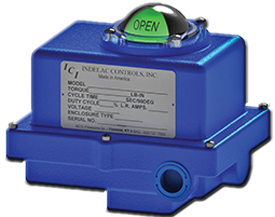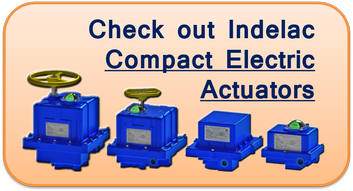The common idea of an automated valve is a large valve with a heavy-duty actuator, typically powered by a three-phase electrical supply. Nevertheless, many industrial processes require smaller valves, and those valves often call for compact electric actuators for either isolating or modulating applications. Consequently, the number of these compact actuators is increasing gradually in recent years.
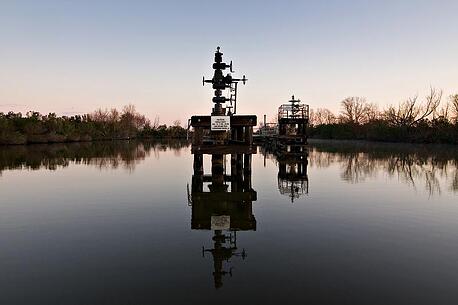
The rising need for smaller size automation for heavier industrial applications that operate in hazardous or hostile environments has created extra requirements. In some industries, NEMA 7 has almost become the standards.
Over the past years, actuator manufacturers have improved compact electric actuators’ performance. New technologies allowed for new electric motor design and better control board make those improvements even better. Thus, compact electric actuators are now cheaper and more reliable.
Finally, these actuators require less power to remotely operate the valves and it can be essential for applications in remote areas where utility power may not be available. Even in places where power is available, it is often considerably less expensive to run low-voltage, single-phase or DC power supply to the actuator compared to higher voltage, three phase power supply.
Water Transportation
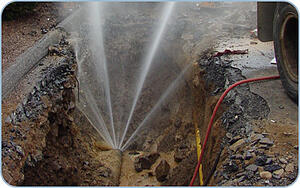
Water distribution systems have been created decades ago, even hundreds years for some historical cities. Within many of these systems, leaks are being reported. It is inexorable and this phenomena will escalade over time. Experts say that there are more than 1 million miles of pipes with leaks in the US. Replacing these leaking sections of pipes will take many years, probably several decades. Moreover, the leaks are a big waste of water but also a waste of energy, and it can create damages like floods in some areas.
One alternative to changing the pipes is to lower the pressure in the system. Indeed, by reducing system pressure, the rate of flow through a leak can be minimized. However, this could only be applicable during off peak periods, otherwise some consumers would get a significant loss in water pressure at the end of the line. How can the system pressure be regulated in real time along the day and in accordance to the consumers’ needs?
Compact electric actuators automating pressure valves. The size and robustness of compact electric actuators make them a perfect answer to that particular application. They can modulate the valve repeatedly and consistently to adjust the pressure in the pipes. All of the above can be controlled from a unique site, helping to reduce leaks and waste in an entire city or region.
Oil & Gas Extraction
In today’s global economy, raw materials and energy are essential, so precious that exploration for new sources has led to very remote sites. New technologies have particularly helped the Oil & Gas industry to exploit these resources that were once unreachable. To do so, production sites and plants had to re-think some parts of their process, while adapting their instrumentation and control.
These unusual energy sources turned into more wells drilled in areas where there is no infrastructure. Some of these sites are at a substantial distance from any conventional electricity supply grid.
In the past, gas wellheads had been using the gas extracted from those wells to run power to operate the valves. But, economic and environmental concerns have considerably diminished this practice. The problem was from the venting of natural gas. Vented gas is worth money, so using it to power the wellhead as well as the whole site results into a loss of revenue. As for environmental concerns, to reduce greenhouse gas emissions, many countries now harshly regulated its utilization.
It seems that, on sites meeting the requirement, solar is a practical and reliable alternative to the use of gas to power the installation.
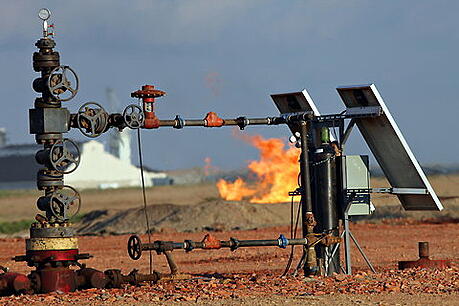
In most cases, solar panel provide enough power for the instrumentation to receive a signal from a remote location controlling the whole exploitation sites in a few clicks and to operate the valves (see picture above). Nevertheless, this can only be accomplish with the use of actuators.
Some manufacturers came up with compact electric actuators powered by a solar power pack. These devices are usually DC-powered and can actuate various types of control valves.
The larger the solar panel, the more expensive it gets. Because of this, low-power draw devices are almost an obligation to keep the whole installation profitable.
Two elements affect the power drawn from the automation package: the efficiency of the actuator and the force required to operate the valve. Few valve companies are currently developing control valve that need less torque to operate. This translates into the use of a smaller actuator, reducing the price of the unit and also its energy consumption.
As shown with these 2 examples, there are many industrial processes and sites today where compact electric actuators are now being used. In reaction to those new requirements, manufacturers are utilizing the best of current technology to come up with actuators that can truly make a difference in the field.






